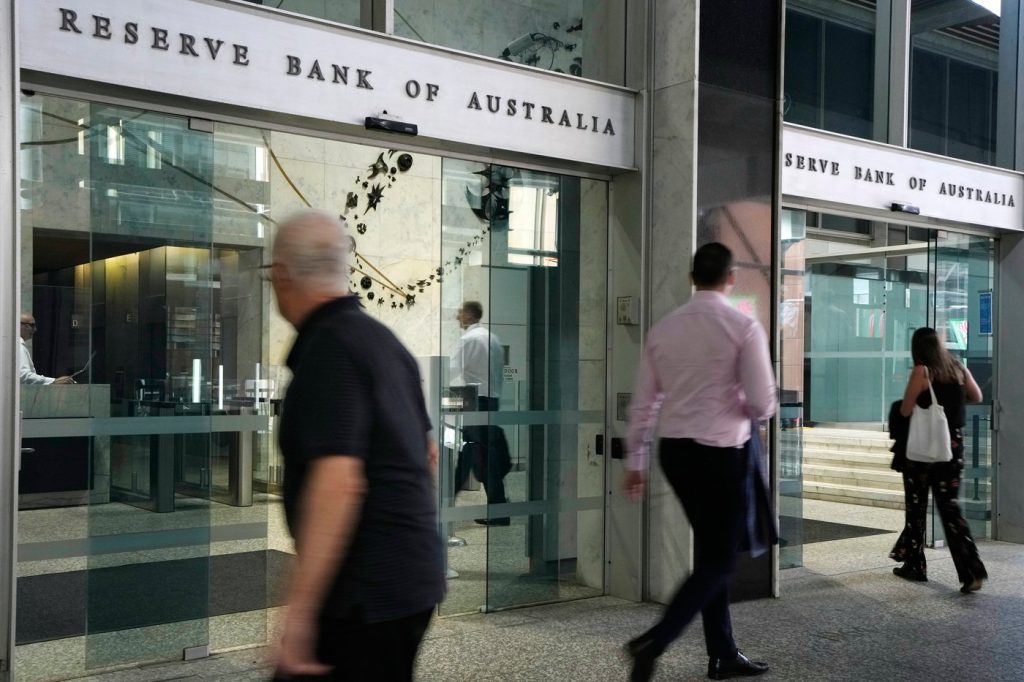The Reserve Bank of Australia (RBA) has implemented a quarter percentage point reduction in its benchmark interest rate, marking the third cut this year, bringing the rate down to 3.6%. This decision was influenced by a combination of factors including stabilized inflation rates and a sluggish economy.
The recent cut was made from a previous rate of 3.85%, continuing a downward trend from 4.1% in May and 4.35% in February. This recent adjustment represents a significant shift since the last rate cut occurred in October 2020. The current rate of 3.6% is recorded as the lowest since March 2023, with the cut itself being largely anticipated by market analysts and economic observers.
One of the primary objectives of the RBA is to navigate inflation towards a target range between 2% and 3%. Recent data revealed a fall in annual inflation to 2.1% in May, down from 2.4% the previous month. Furthermore, the trimmed mean—considered the bank's preferred measure of underlying inflation—has decreased from 2.8% in April to 2.4%.
Inflation in Australia has been on a downward trajectory, having peaked at 7.8% in the last quarter of 2022. Following a more cautious approach, the RBA refrained from cutting rates at its July board meeting, opting instead to review inflation data for the June quarter. This data subsequently indicated that trimmed mean inflation was at 2.7% for the three months ending in June, down from 2.9% in the March quarter.
The need for a rate cut also comes amidst a backdrop of stagnant economic growth, which slowed to just 0.2% in the three months leading up to March 2023, and recorded a modest annual growth rate of 1.3%. The economy had previously shown a growth of 0.6% in the December quarter of the preceding year. In light of these figures, the RBA is attempting to control inflation while averting a recession or widespread job losses.
Unemployment statistics further highlight the economic challenges, with rates rising to 4.3% in June from 4.1%, where it had stabilized since February. This indicates a rise from a jobless rate of 4.0% recorded in January, underscoring concerns about labor market stability amidst ongoing economic uncertainties.
In conclusion, the Reserve Bank of Australia’s recent interest rate cut reflects a strategic move to foster economic recovery while managing inflation trends, as the economy displays signs of stagnation and unemployment begins to rise.










